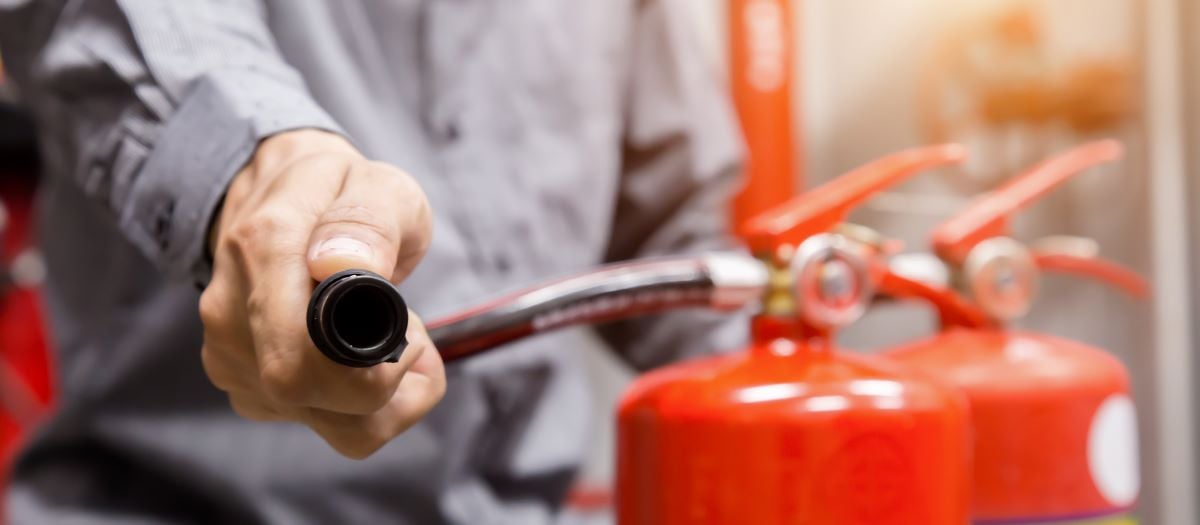
Fire extinguishers are valuable tools for controlling small fires and preventing them from escalating. However, knowing how to use a fire extinguisher correctly is just as important as having one readily available. In this blog post, we will delve into the proper use of fire extinguishers and provide you with essential information on how to combat a fire using these life-saving devices effectively.
Know the Fire Classes and Extinguisher Types
To use a fire extinguisher effectively, you must first understand the different fire classes and their corresponding extinguisher types. The five fire classes include Class A (ordinary combustibles), Class B (flammable liquids & gasses), Class C (electrical fires), Class D (flammable metals), and Class K (cooking oils and fats). Each fire class requires a specific type of extinguisher designed to combat the respective fires. Familiarize yourself with the fire classes and the appropriate extinguisher types for each class.
Remember the "PASS" Technique
The "PASS" technique is a simple and effective method for using a fire extinguisher:
- PULL the pin: Start by pulling the pin located at the top of the extinguisher. This action will break the tamper seal and allow you to operate the extinguisher.
- AIM at the base of the fire: Direct the nozzle or hose at the base of the fire rather than the flames. This approach helps extinguish the fire's source.
- SQUEEZE the handle: Firmly squeeze the handle to release the extinguishing agent. Maintain a steady grip while operating the extinguisher.
- SWEEP from side to side: Move the extinguisher in a sweeping motion from side to side, covering the area of the fire. Continue sweeping until the fire is completely extinguished.
Prioritize Personal Safety
While using a fire extinguisher, always prioritize personal safety. Ensure you have a clear evacuation route if the fire becomes uncontrollable. If the fire grows rapidly or threatens your safety, evacuate the area immediately and call emergency services. Remember, your life is more important than attempting to extinguish the fire on your own.
Understand Extinguisher Limitations
It's important to understand the limitations of fire extinguishers. They are only effective on small fires in their early stages. If the fire is large or spreading rapidly, it's best to evacuate and let the professionals handle the situation. Additionally, fire extinguishers have limited reach and extinguishing capacity, so use them only when you can safely do so without putting yourself or others at risk.
Training and Practice
Fire safety training and regular practice are crucial for properly using fire extinguishers. Consider participating in fire safety courses or workplace training programs that teach proper fire extinguisher usage. These training sessions provide hands-on experience and guidance, enhancing your confidence and readiness in the event of a fire emergency.
Koorsen Fire & Security Training
Knowing how to use a fire extinguisher correctly can save lives and prevent property damage. By familiarizing yourself with the fire classes, understanding the "PASS" technique, prioritizing personal safety, and acknowledging the limitations of extinguishers, you are better equipped to combat small fires effectively. Remember, fire safety is a shared responsibility, and proper use of fire extinguishers plays a vital role in keeping our homes, workplaces, and public spaces safe from the threat of fires. Contact Koorsen Fire & Security to receive fire extinguisher training today!

